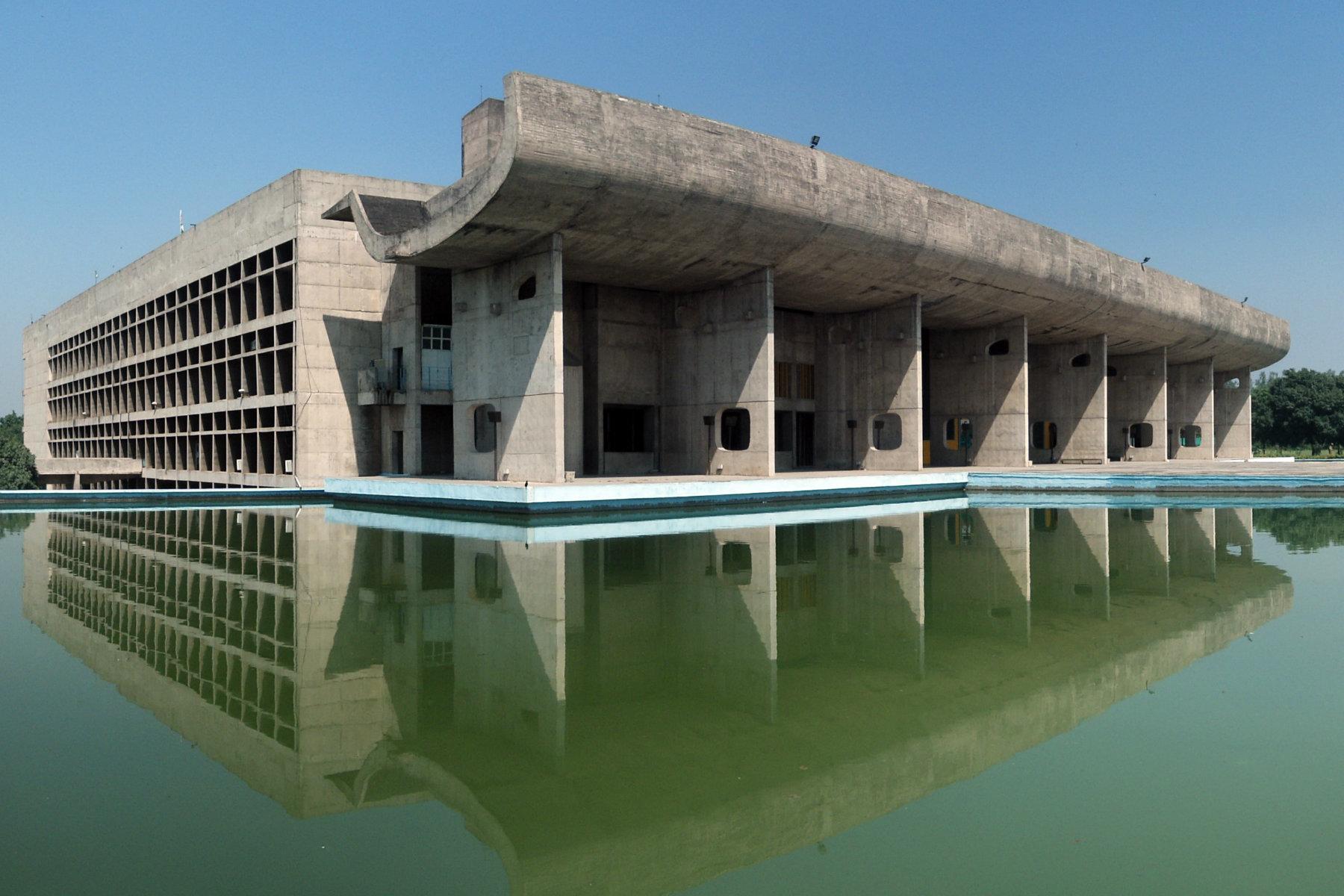This town in Northern India was one of the first planned cities in the country.
India is a country rich in architecture and history—from the Taj Mahal to Mumbai’s breathtaking skyscrapers, there’s no limit to the incredible structures you’ll find. In Chandigarh in Northern India, however, you won’t find ancient cities or British colonial buildings or even glossy contemporary apartment buildings. Chandigarh was one of India’s first planned cities, created by the Chandigarh Capital Project Team, led by Swiss architect Charles Edouard Corbusier (Le Corbusier). The result is a city that feels both futuristic and retro. It’s a time capsule of Mid-Century Modern and Brutalist architecture set in the foothills of the Himalayas. In 2016, the Capitol Complex in Chandigarh was declared a UNESCO World Heritage site, making these incredible modern buildings a must-see.




